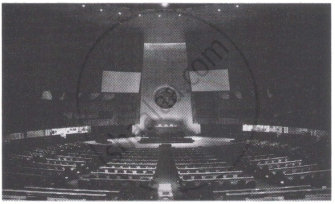Advertisements
Advertisements
Question
Bring out the differences between Racial Discrimination and Apartheid.
Solution
Racial Discrimination means any distinction, exclusion or restriction based on race, colour, descent or national or ethnic origin which has the effect of nullifying or impairing the recognition or enjoyment, on equal footing of human rights. Racial discrimination denies fundamental freedoms in the political, economic, social, cultural or any other field of public life.
Apartheid is a state imposed system of racial discrimination, practiced in South Africa. Under Apartheid, black or coloured South Africans, the overwhelming majority of the people in the country, were denied fundamental liberties and rights. They were not allowed to participate in the political life of the country and were subject to various repressive laws and regulations. There were separate townships, buses, coaches, trains, park benches, toilets, shops, hospitals, sports grounds, schools and even churches for each of the races. Any marriage between the whites and the non-whites was not allowed. In short the whites considered themselves the master race and the non-whites as inferior beings.
APPEARS IN
RELATED QUESTIONS
Which organ of the UN fights for human Right? Explain.
Which Articles of the UN Charter deal with the power and functions of the General Assembly?
Which organ is treated as the executive of the United Nations Organisation?
What is meant by ‘important questions’ while voting in the General Assembly?
What do you know about the composition of the International Court of Justice?
What are the various major organs of the United Nations Organisation?
What type of matters are referred to the International Court of Justice?
Discuss the role of Security Council in maintaining peace.
How does the Security Council enforce its recommendations?
Look at the picture given and answer the question that follow:

In November 1950, The General Assembly increased its power through a resolution called?
